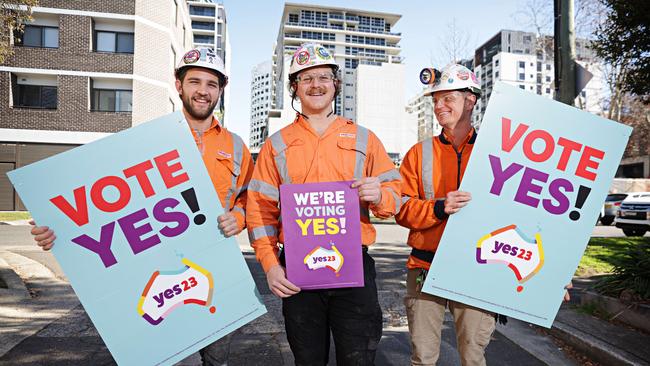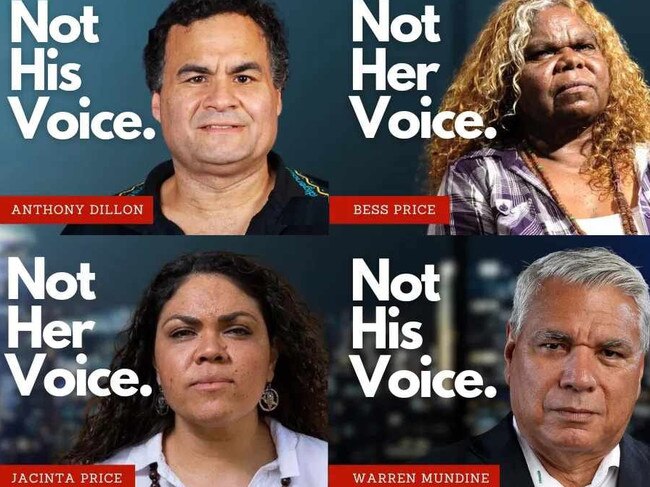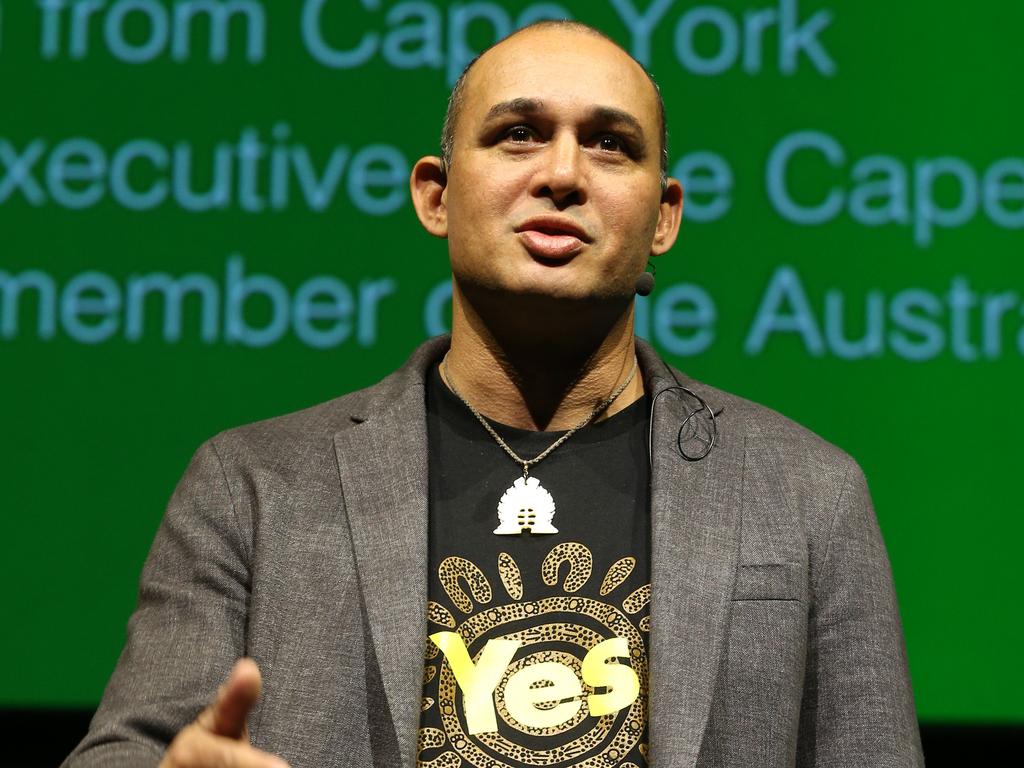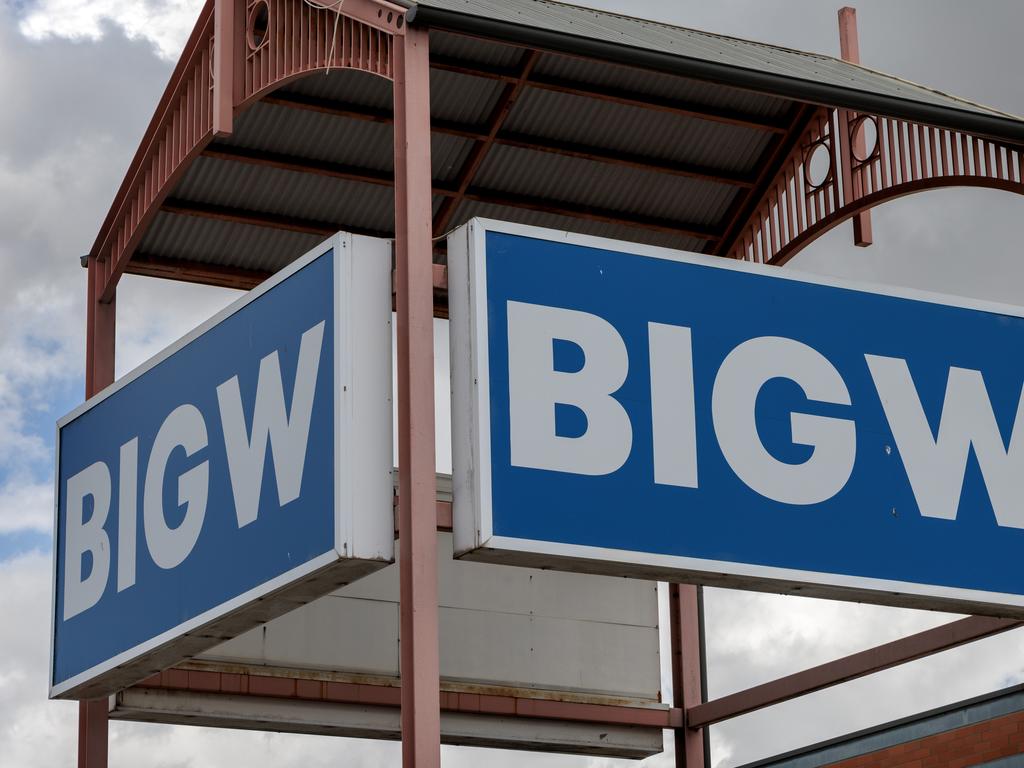Indigenous voice to parliament’s No pamphlet casts light where Yes prefers shadows

At first glance both sides have been restrained. For the Yes side, this is necessary. It has always been the case that detail will derail the project. The vibe is king and the whole thing is sold on heartfelt claims about desperately needed beneficial outcomes for Indigenous people. The case is simple: recognition and listening will lead to better results. Fair enough; bare assertions will be enough for many compassionate voters who are willing the referendum to be carried and succeed in operation.
The No side has avoided overreach and calmly stated what is by now self-evident: the voice is risky, unknown, divisive and permanent.
These are not bare assertions. Affording a small group of people an elevated right above all others to a say on everything in a liberal democratic constitution has never been done here or anywhere else before. We don’t know how and where it ends up.
The restraint on both sides is likely to be the result of intense polling and focus groups. Both sides know that while exaggeration can appeal to the converted, the undecided voter is a different beast altogether. Typically not politically motivated or inclined, the undecided voter is apathetic and cynical, or genuinely looking to understand so when the time comes to vote they can do the right thing for Indigenous people, themselves and the entire country.
To this end, the Yes camp has changed tack from the strategy of months past. Gone are the claims of racism and other personal and negative attacks. The obvious learning has been that by and large we are not a racist country and everyday Australians respond negatively to the messenger when race is weaponised in any way.
Yet this has left the Yes case somewhat exposed, unable or unprepared to give specifics about how the voice will operate in reality. The No camp has filled the void with words from the architects and proponents of the amendment.

This has resulted in claims of foul play, but that is a bit rich. If the Yes case is not prepared to tell Australians what it says the voice really is and how it will operate, then the No camp is surely entitled to remind voters what voice proponents themselves say about it.
But here lies the problem for Yes. As time has gone on the sales pitch has not gained traction with middle Australia: “(The voice) is a way to further what we need for … treaties and … abolishment of institutions, the old colonial institutions that harms us.” And that the voice will advise “all parts of government, including the cabinet, ministers, public servants, independent offices and agencies – such as the Reserve Bank – it can’t shut the voice up”.
These words or words like them have not been uttered once, or inadvertently, or been taken out of context. You can find such words or themes in speeches, blogs, opinion pieces and even peer-reviewed papers. This shows the enormous disconnect between ordinary Australians and the tiny group who imagined middle Australia would blithely accept an experimental entrenched special constitutional right that extends to all Indigenous people but never to them.
The abandonment of the basic product is so complete that the Yes camp is walking away from even the most elemental description of the voice. Under its definitive section in the Yes pamphlet, What is the Voice?, it is described as a committee that will give advice – when it is nothing of the sort. A committee implies something small, temporary and designed to address a specific, well-defined issue. Everyone knows committees are formed within sports clubs, under company boards, at CWAs and Rotary clubs. Liberal democratic constitutions do not entrench committees.
Rather, constitutions entrench bodies. In our Constitution the operative bodies are the parliament, the executive and the High Court.
Eminent law professors Nicholas Aroney and Peter Gerangelos have pointed out that the voice is established by an entirely new chapter in the Constitution and will assume a constitutional status similar to these three other bodies.
Even the proposed s129(1) declares: “There shall be a body, to be called the Aboriginal and Torres Strait Islander Voice.” Given its text and place in the Constitution, one of its architects, law professor Gabrielle Appleby, says the voice will be “a foundational institution of state” and imagines the voice as a fourth arm of government. It is a significant new body that will introduce profound changes to our system of government.
As we enter the home straight, the decision taken by the Yes camp in the pamphlet to describe a proposed new institution of state as a committee suggests a new desperation. It is obfuscation at best and outright deception at worst.
The problem for this maximalist version of the voice is that it is too big and radical and, when properly explained, extends way beyond what is acceptable to most Australians. An honest assessment of the content of the Yes and No pamphlets shows why. In its pitch to the nation the Yes camp’s careful misdescription of the voice in the Constitution is simply sad. It is an admission that the essence of this voice is unsaleable.
Taken together, the pamphlets leave the voice looking like a spirited, hopeful but wildly experimental empty vessel. It is a national tragedy that because of an absence of proper process and terrible overreach this highly important project looks as if it will run aground.
Louise Clegg is a barrister.







As we count down towards the most significant referendum since Federation, the picture that has emerged in the Yes and No pamphlets is both telling and saddening.